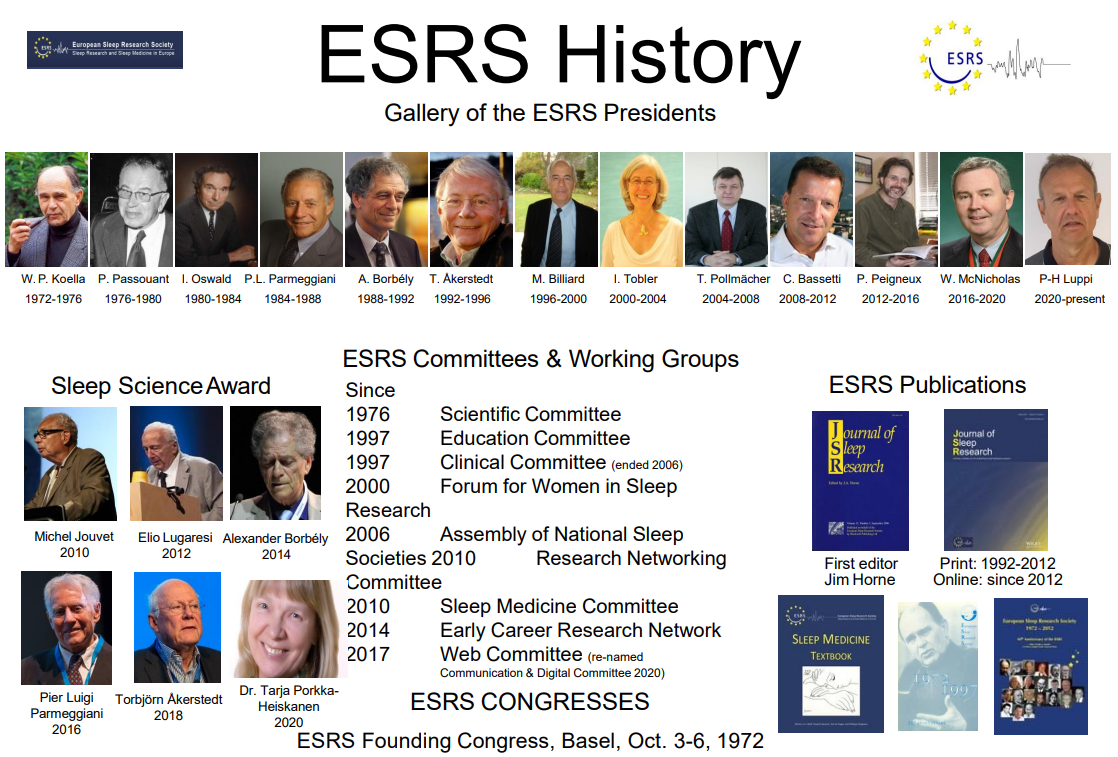A calibrated model with a single-generator simulating polysomnographically recorded periodic leg movements

Matteo Italia
Department of Electronics, Information, and Bioengineering, Politecnico di Milano, Italy
How much do you know about periodic leg movement?
Matteo Italia and colleagues Andrea Danani, Fabio Dercole, Raffaele Ferri, Mauro Manconi recently published a paper looking at periodic leg movement “A calibrated model with a single-generator simulating polysomnographically recorded periodic leg movements”. Dr. Kate Porcheret from the ESRS’s Digital & Communications Committee sat with him to discuss their work further.
Periodic leg movements are a neurological sensory disorder where affected people feel an uncomfortable sensation in the leg and an urge to move them. While moving the leg usually relieves the discomfort, the sensation would recur once the movement stops. As a result, patients spend the entire night moving their legs which leads to poor sleep quality and affects their ability to function during the day.
The model used in this study was developed to answer a specific medical question: Can a single pacemaker be responsible for periodic leg movement? A single pacemaker refers to when a lot of neurons start working together to create a unique pacemaker that excites or inhibits the neural system. This was a data driven question since it was observed that in a sleep laboratory, people sometimes move the two legs together, only one, or both with a single delay.
The aim of this study was to assess, with numerical simulations, if the complex mechanism of two (or more) interacting spinal/supraspinal structures generating periodic leg movements can be modelled with a single-generator approach.
A model was developed and calibrated on sleep laboratory recorded data: this is the first phenomenological model, based on the integrate-and-fire neuron model, generating in-silico periodic leg movement for both health and disorder affected subjects.
For even further insights on how this model was used and possible future model extensions including linking the model to sleep phase and progression, watch the entire interview below and read the entire publication here.
ESRS Reminders
Sleep & Breathing 2023 – Abstract Submission Deadline
Recent publications from ESRS members
- Targa et al (2022). Sleep and circadian health 6 months after critical COVID-19 disease. Respirology.
- Merikanto et al (2022). Sleep symptoms are essential features of long-COVID – Comparing healthy controls with COVID-19 cases of different severity in the international COVID sleep study (ICOSS-II). J Sleep Res.
- Martinot et al. (2022). Near-boundary double-labeling-based classification: the new standard when evaluating performances of new sleep apnea diagnostic solutions against polysomnography? Sleep.
- Penzel (2022). Sleep scoring moving from visual scoring towards automated scoring. Sleep.
- Spruyt & Ferri (2022). Objective or subjective test? The answer lies in its psychometric property! Sleep.
- Otto et al. (2022). The association between race- and ethnicity-related stressors and sleep: the role of rumination and anxiety sensitivity. Sleep.
- Gnoni et al. (2022). Nocturnal visual hallucinations in patients with disorders of arousal: a novel behavioral and EEG pattern. Croat Med J.
- Dakterzada et al. (2022). Blood-based lipidomic signature of severe obstructive sleep apnoea in Alzheimer’s disease. Alzheimers Res Ther.
- Reinhold et al. (2022). Do your troubles today seem further away than yesterday? On sleep’s role in mitigating the blushing response to a reactivated embarrassing episode. Sleep.
- Blume et al. (2022). Melatonin suppression does not automatically alter sleepiness, vigilance, sensory processing, or sleep. Sleep.




